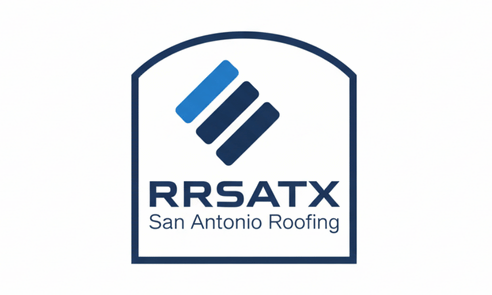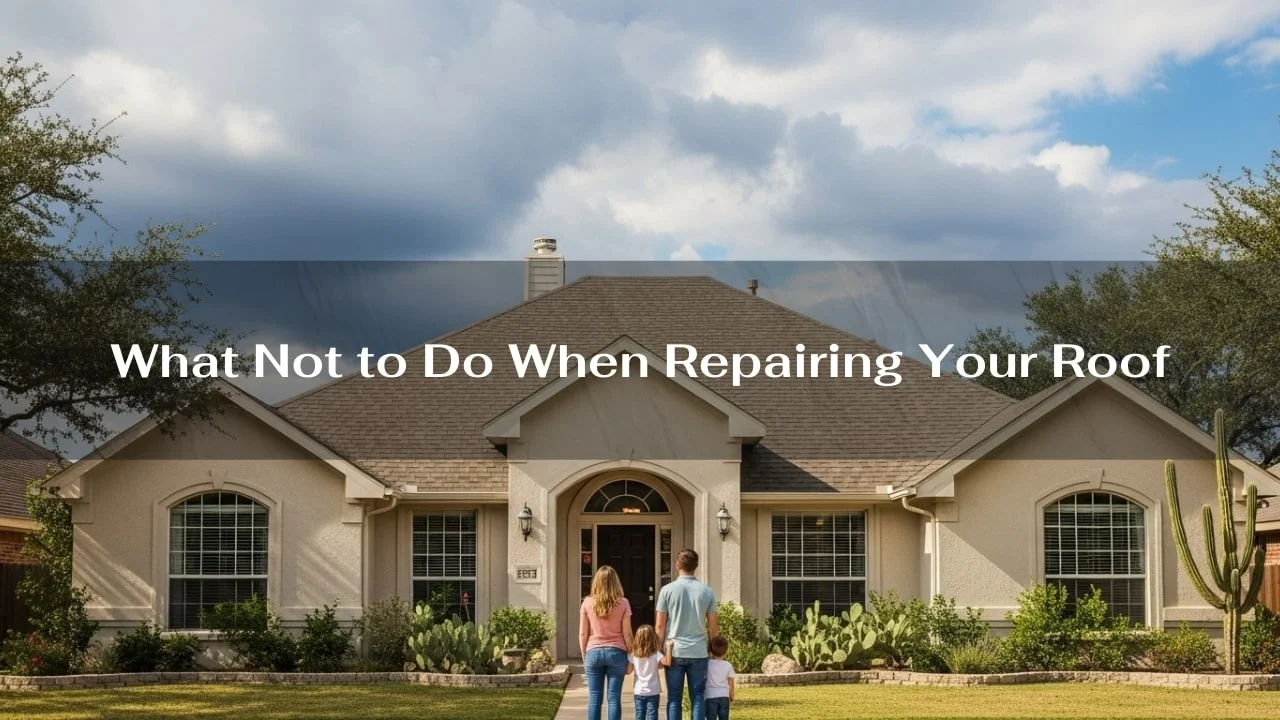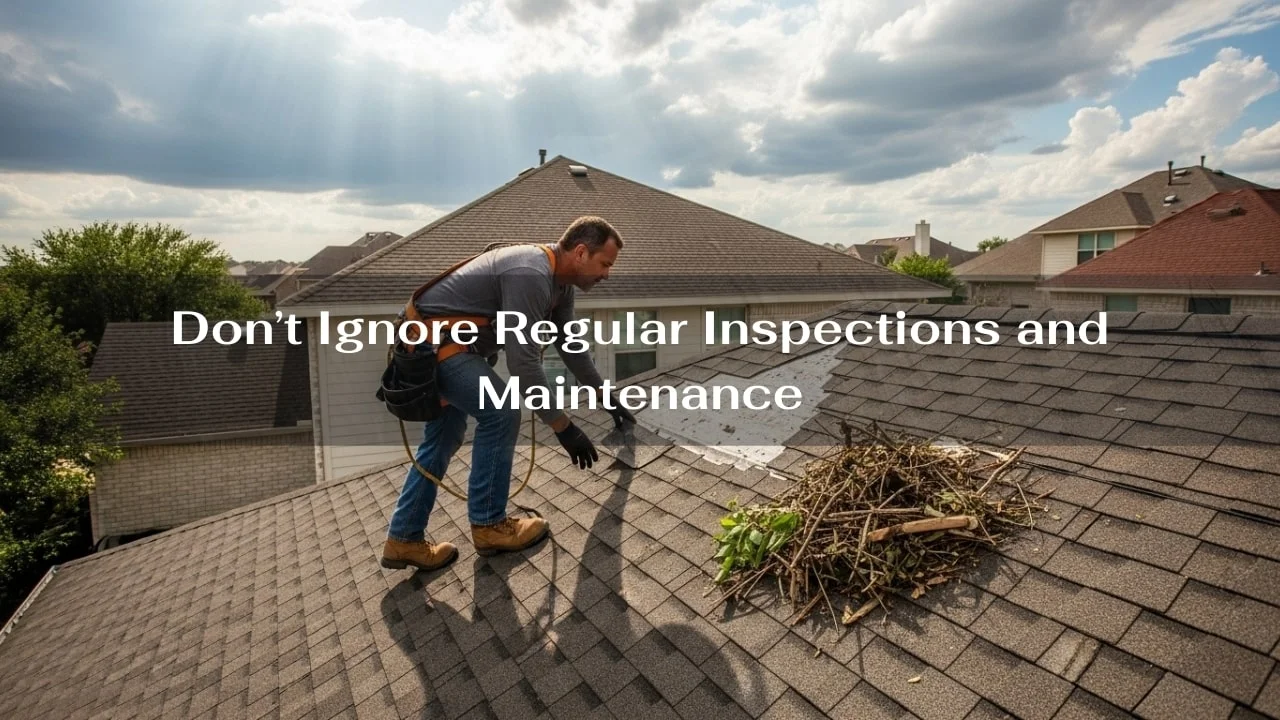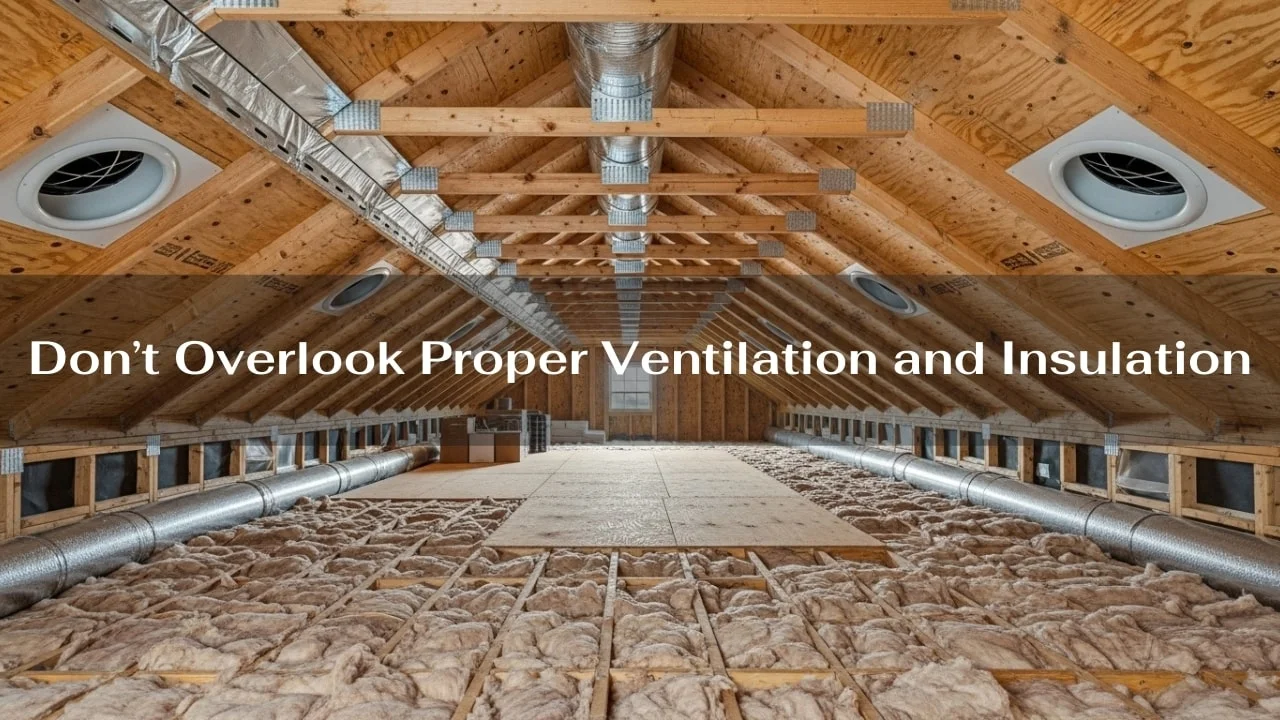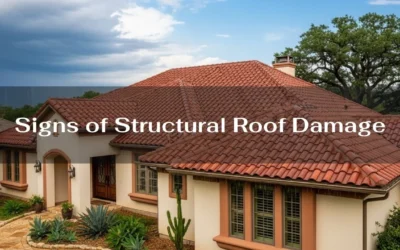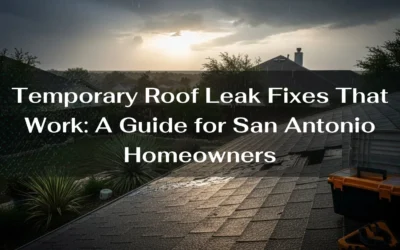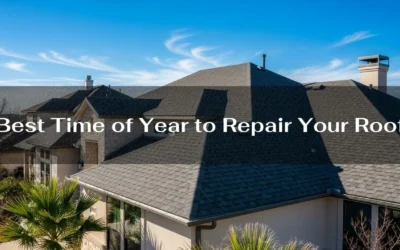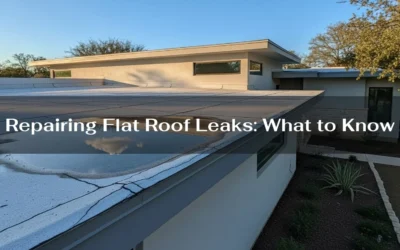Your roof is one of the most critical parts of your home, protecting you and your family from the elements. Whether you’re facing minor damage or more significant roofing issues, knowing what not to do when repairing your roof can save you from costly damage, safety hazards, and future repairs. This guide is designed specifically for San Antonio homeowners to help you make informed decisions about roof repairs and maintenance.
Avoid DIY Repairs Without Proper Knowledge and Tools
While DIY projects can be rewarding, roof repairs are not always a safe or cost-effective option. Attempting to fix your roof without the right skills, tools, and safety gear can lead to:
- Serious injuries from falls or accidents, especially on steep or high roofs
- Improper repairs that cause more harm than good, such as water damage or structural issues
- Voiding manufacturer warranties on roofing materials and invalidating insurance coverage
- Increased costs in the long run due to the need for professional fixes after failed DIY attempts
If you’re not a trained professional roofer, it’s best to leave roof repairs to experts who understand the roofing system, manufacturer specifications, and safety protocols.
Don’t Ignore Regular Inspections and Maintenance
One of the biggest mistakes homeowners make is neglecting regular roof inspections. In San Antonio, weather conditions like strong winds, heavy rains, and falling debris can cause hidden damage over time. Peeling paint in your attic, missing shingles, or signs of water damage are red flags that require immediate attention.
Regular inspections help identify roofing issues early, preventing costly damage and major repairs. Schedule thorough inspections at least twice a year and after any major storm.
Avoid Using Incorrect Roofing Materials
Using the wrong roofing materials or poor-quality products can shorten the lifespan of your roof and lead to further damage. For example, mixing asphalt shingles with incompatible roof tiles or using materials that don’t meet manufacturer specifications can cause leaks and reduce energy efficiency.
San Antonio’s climate calls for durable roofing materials like metal roofs, asphalt shingles, or slate roofs that can withstand strong winds and prevent ice dams during rare cold snaps. Always choose high-quality materials suited to your roof type and consult with a roofing contractor for recommendations.
Don’t Layer Too Many Roof Coverings
While some building codes allow a new layer of shingles over an existing roof, layering more than two layers is often prohibited. Adding multiple layers increases the roof’s weight, stresses the structure, and can hide underlying issues such as plywood sheathing damage.
If your roof already has two layers, a full roof replacement is usually necessary. This process involves stripping the old roof down to the plywood sheathing, inspecting for damage, and installing new roofing materials properly.
Avoid Delaying Necessary Repairs
Waiting to fix roof damage, even minor issues like missing shingles or small leaks, can lead to major problems. Water damage can spread, causing wood rot, mold growth, and damage to your attic and home interior.
Delaying repairs also risks voiding warranties and insurance claims, especially if a major storm follows. If you notice any damage, act quickly to prevent further damage and higher repair costs.
Don’t Overlook Proper Ventilation and Insulation
A well-functioning roof system includes more than just the roof covering. Proper attic ventilation, including ridge vents and roof vents, and adequate insulation help prevent moisture buildup, ice dams, and energy loss.
Ignoring these components can reduce your roof’s lifespan and increase your energy bills. When repairing or replacing your roof, ensure your roofing contractor addresses ventilation and insulation needs.
Don’t Forget to Check Building Codes and Permits
San Antonio has specific building codes and regulations governing roofing work. Failing to obtain necessary permits or not following local codes can result in fines, failed inspections, and problems when selling your home.
Always work with a licensed roofing contractor familiar with San Antonio’s building codes to ensure your roof repair or replacement complies with all requirements.
Make Informed Decisions About Repair vs. Replacement
Sometimes, repairing isolated roof damage is sufficient. Other times, extensive damage or an aging roof means a full roof replacement is the smarter choice. Consider factors such as the age of your existing roof, extent of roof damage, and your long-term plans for your home.
A professional roofing contractor can assess whether repairs or a roof replacement will save you money and protect your home better in the long run.
Roof Repair San Antonio: Your Trusted Roofing Company
For San Antonio homeowners, professional help is just a call away. A reputable San Antonio roofing company offers expert services for all types of roofing jobs, from minor repairs to full roof replacements. They provide thorough inspections, use quality roofing materials, and follow manufacturer specifications and local building codes to ensure your roof is safe, durable, and weather-resistant.
Whether you need to fix missing shingles, repair roof leaks, or upgrade your roof system, a trusted roofing contractor in San Antonio can guide you through the roof repair process, saving you time, money, and stress. Protect your home by choosing experienced professionals who understand the unique roofing challenges in San Antonio.
